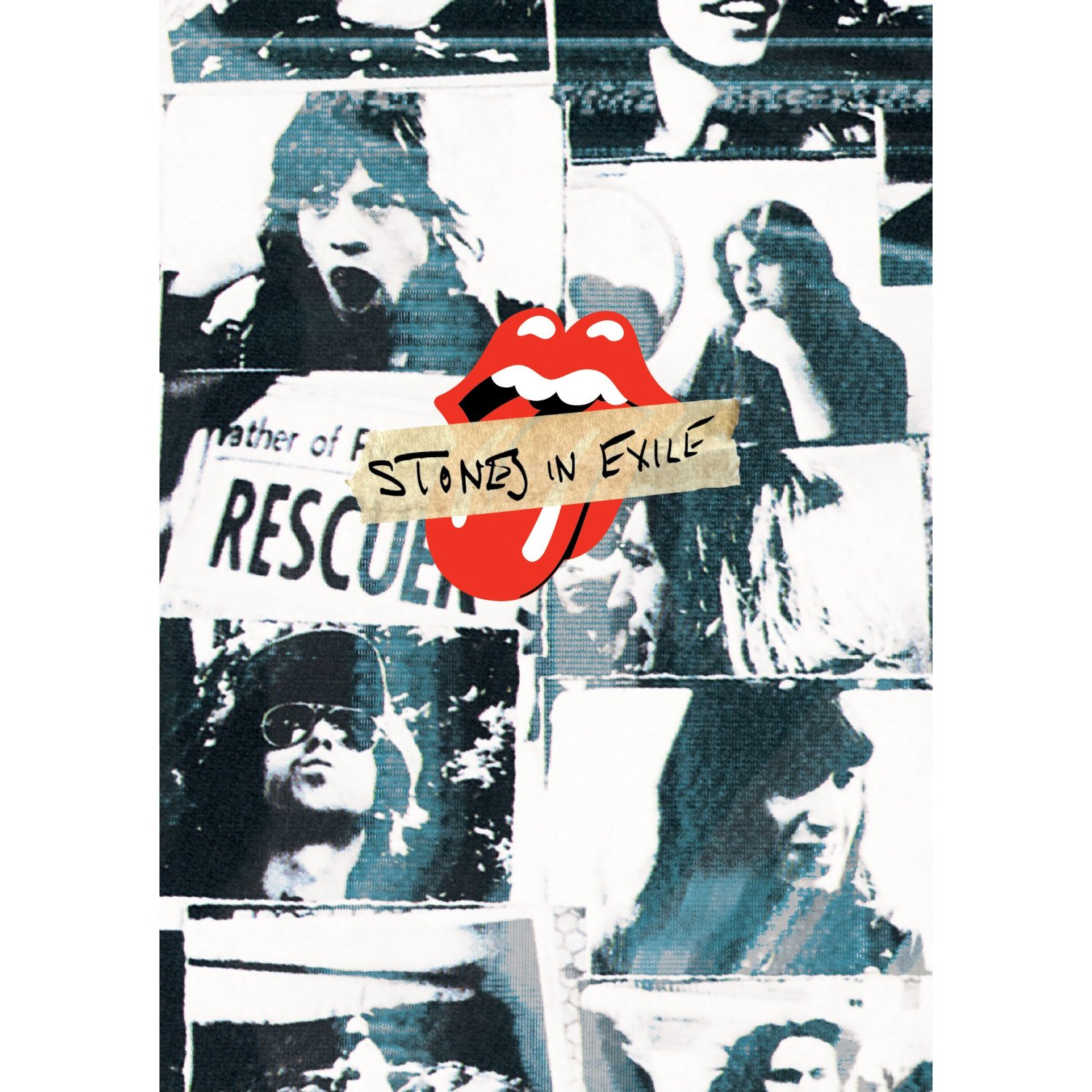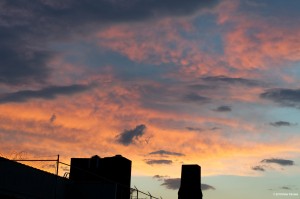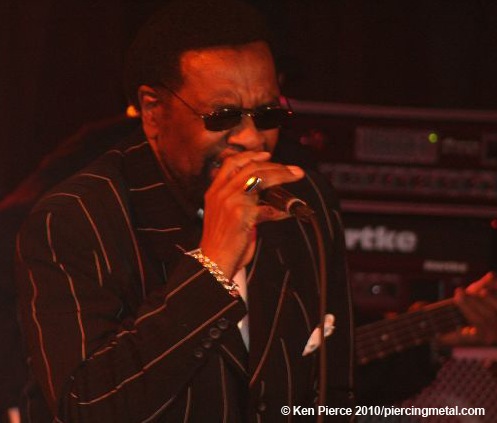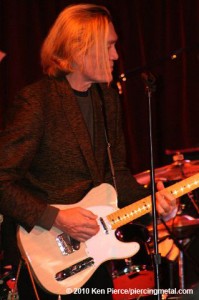Stones In Exile
Director: Stephen Kajik
Eagle Vision DVD
Eagle Vision’s DVD documentary “Stones in Exile” follows the events surrounding the creation of The Rolling Stones’ now classic “Exile on Main Street” album. 40 years down the line it reveals how this seeming paean to the then disappearing “old weird” American came to be via previously sloughed tracks, the group’s financially forced retreat from their British homeland and a months long basement recording session/ endless house party in the south of France. Using contemporaneous film footage culled from Robert Frank’s “Cock Sucker Blues”, Dominique Tarle’s beautiful “fly on the wall” photographs, and a group of new interviews running from the informative to the ridiculous director Stephen Kijak (“Scott Walker, 30th Century Man”) does a credible job of separating some of the apocrypha from fact. Even though we find in the case of the Stones, “printing the legend” is often the same as printing the fact.
As a 2 LP opus released in June of 1972 “Exile On Main Street” exhibited the culmination of what The Stones had been stewing up from “Beggar’s Banquet” through “Let It Bleed” and “Sticky Fingers”. It represented the graduation of the band from students of the American music forms they revered – blues, country and gospel – to modern purveyors of those forms. Additionally it saw them turn a fun house mirror onto the topography of a post-sixties paranoid America. In one interview Martin Scorscese posits that the sixties actually ended in 1974, possibly thinking of his own documentary “The Last Waltz”, but he should know better. The sixties ended squarely at Altamont raceway in December of 1969. “Exile” laid out a musical landscape where the Devil’s Carny was set up right next to the traveling preacher’s tent show and the moral lines between them were becoming increasingly blurred. The Kent State shootings were past us and Watergate loomed ahead.
As Stones fans already know that the group records tons of material and stockpiles it for possible later use. During the course of the interviews both Mick and Keith try to convey that for them a Stones album is less a theme than a particular batch of finished tracks that happen to show up under one title and released on a particular date. Even so “Exile” hangs together as a dense gumbo of sin and salvation wrapped in the creepy Super 8mm frame blow-ups of Robert Frank’s film. Bringing that record home in 1972 was definitely a WTF moment for Stones fans, myself included. It was a beast with many heads that while daunting at first rewarded perseverance with unfolding mysteries even this far from it’s inception.
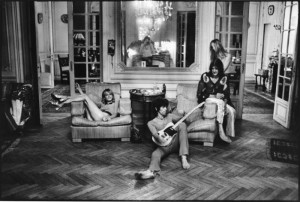
That “Exile” is the most Keith-centric of all Stones albums is revealed to be a quirk of geography rather than a musical statement since the recording studio was run out of the dank basement of Villa Nellcote, Keith and Anita’s rented residence. Other Stones were scattered hours away, which accounts for the shifting personnel on many tracks such as Mick Taylor on Bass guitar on “Tumblin’ Dice” and producer Jimmy Miller drums on “Happy”.
In what has become a de rigueur part of all “classic album” overviews, Mick and Charlie visit Jagger’s former home “Stargroves” and Olympic studios where many of “Exile’s” tracks were begun, to reminisce. It’s fun to watch Mick grudgingly delineate his memories as Charlie laconically disagrees. There is also some vintage footage of the “Rolling Stones truck thing” being hauled into the driveway of Villa Nellcote. Snippets of jams and studio dialog sprinkled here and there are a tantalizing peek at what we might have heard if the “Exile On Main Street” deluxe remaster had taken more of a “Jamming with Edward” approach.
Interviews with celebrities (“fans”) while totally superfluous in the body of the documentary are offered as lengthier edits in the bonus section and many prove to be quite enjoyable. Liz Phair’s devotion to the Exile album is palpable and I share her desire to never know what the actual lyrics to any of these songs are. Sheryl Crow, whose best work is informed by slinky Stones-ish rhythms, makes sense here too; Benicio DelToro and Will I. Am less so. It would have been nice to get some words from background vocalists Clydie King and Venetta Fields as part of the LA sessions section of the film. Their singing is often so far up in the mix as to over shadow Jagger.
I’ve read a couple of books and many articles detailing the summer at Nellcote over the years so I wasn’t sure I would glean much from this new DVD. I was pleasantly surprised to be treated to lots of footage and photos I hadn’t seen before. The documentary pulls all the info together in one place with nicely presented graphics and – mostly – informative interviews. I would have loved the ability to peruse Tarle’s images in a separate gallery one by one. “Stones in Exile” may also be the closest we’ll get to a quality look at Frank’s “CS Blues” footage; I think the naughty bits will keep it unreleased for a long long time.
Priced to sell, this piece warrants repeat viewings and should have a place in your collection.
Eagle has announced release of “Ladies and Gentleman, The Rolling Stones” the little seen film covering the 1972 tour, when the Exile material hit the road.. I’m especially looking forward to that one.
